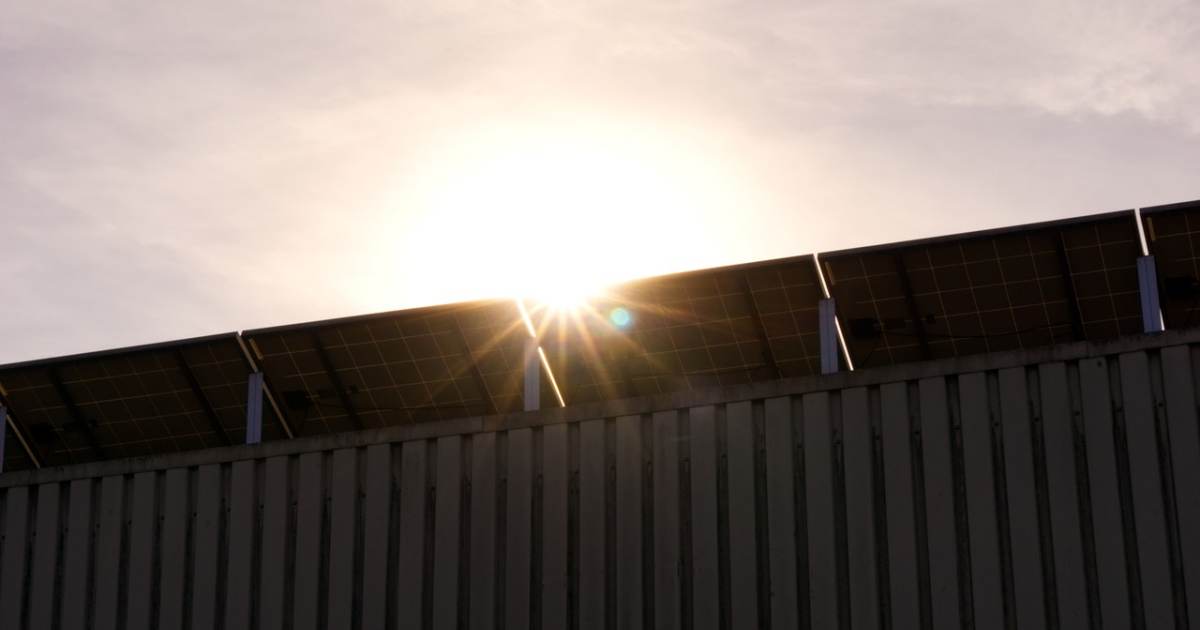
The Clean Energy Regulator’s latest Quarterly Carbon Market Report reaffirms what a successful year it was for renewable energy in Australia in 2020 – and more of the same is expected this year.
The December Quarter 2020 Quarterly Carbon Market Report released yesterday notes 7 gigawatts of new renewable energy capacity was delivered across Australia last year, exceeding the Regulator’s original estimate of 6.3GW by quite a margin.
Small-scale Solar Power Shines Again – And Will Continue To
3 GW of the capacity installed last year came via the Small-scale Renewable Energy Scheme, so to those Australians who installed solar systems in 2020 – take a bow.
“Sustained low technology costs, increased work from home arrangements and a shift in household spending to home improvements during COVID-19 played a key role in the increase of rooftop solar PV systems under the SRES,” said Clean Energy Regulator Chair, David Parker.
In 2020, more than 350,000 small-scale solar systems (>100 kW capacity) were installed across the country, up around 25% on 2019.
Rooftop solar PV capacity installed in 2020 was up 40% on 2019 – so not just more installations, but larger systems being installed. The average capacity of new rooftop solar power systems, which includes small commercial installations, in the final quarter of last year was 8.5kW.
950MW of rooftop solar PV capacity was installed in the final quarter of last year, a new record and 27% up on the previous high set the quarter before (760MW).
With the cost of solar continuing to drop, average system size should continue to grow and only really limited by rooftop area and whatever restrictions Distributed Network Service Providers (DNSPs) have in place.
The Regulator estimates 3 – 4 GW of new rooftop solar PV capacity is expected to be installed this year. Based on Q4 2020’s performance and trends early this year the lower estimate looks unlikely.
On a related note, last week the Regulator set the Small-scale Technology Percentage (STP) accordingly. Since that time, STC spot prices have risen to $39.30 as at the 9th. STCs – Small-scale Technology Certificates – are bits of virtual paper that form the basis of the “solar rebate“. High STC spot prices are a good thing for solar buyers, but this continuing throughout 2021 can be affected by a number of factors.
With regard to solar batteries, there were an estimated 2,677 installations that occurred at the same time as panels were installed in the final quarter of 2020, up 22% on Q3 2019.
“This modest increase in battery installations may reflect that the capital cost of batteries remains a barrier for uptake, despite state and territory incentives.”
With home battery prices still high, if you’re considering battery storage with a new solar installation, first try SolarQuotes’ solar and battery calculator – it will provide you with the estimated savings and payback for solar panels and storage separately.
Large-scale Renewables Beyond Expectations
On the large scale side of things, a few utility-scale power stations that commenced generation and were accredited towards the end of 2020 rather than in early 2021 as previous expected pushed capacity additions past the Regulator’s original expectations. Of the new capacity added last year, 2.3 GW was wind and 1.7 GW were solar energy projects. The report also reconfirms Australia met its Large-scale Renewable Energy Target of 33,000 gigawatt hours at the end of January this year and the Regulator expects eligible generation could reach 40,000 GWh in 2021.
On average since 2018, Australia has added more than 6 GW of new renewable capacity each year, and this is expected to continue through to 2022.
The full December Quarter 2020 Quarterly Carbon Market Report can be viewed here.

 RSS - Posts
RSS - Posts



Speak Your Mind